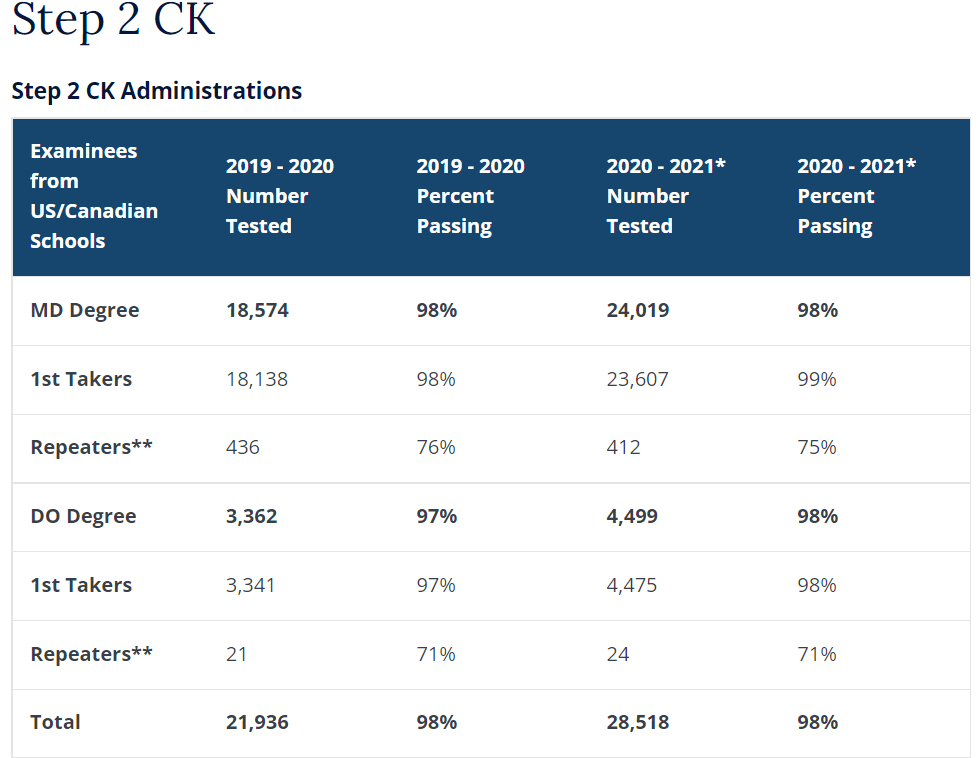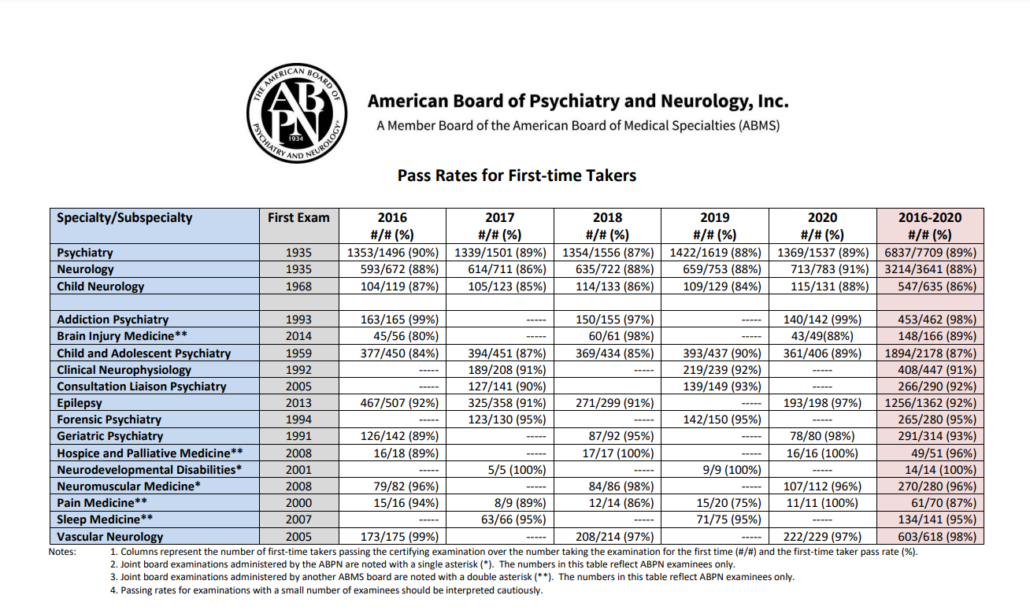The Going Rate: PRITE Passing Scores
If you’ve bee following us, you may have noticed we’ve been running a series on Going Rates of the Industry. So far we’ve covered the passing rates for the ABPN and USMLE exams, as well as the rates and scores for the PMHNP exam. Today we’re going to delve into the PRITE!

There isn’t a “Passing Rate” for the PRITE to speak of, because in order to continue on in school you HAVE to pass the PRITE. This makes it a little different than the other exams.
PRITE Overview
The PRITE (which stands for Psychiatry Resident In Training Examination) is administered in 2 parts over 2 days. Residents average out to taking the exam 3 or 4 times over the course of their training! This may seem strange, but we also know that repetition is a great form of learning so really it makes sense.
How many questions are on the PRITE?
300 questions make up the exam. It’s a hefty one!
What topics are covered?
Quite a few. Thirteen sections, plus their subsections.
- Neurosciences
- Clinical Neurology
- Clinical Psychiatry
- Development and Maturation
- Behavioral & Social Sciences
- Epidemiology
- Diagnostic Procedures
- Psychopathology & Associated Conditions Across the Lifespan
- Treatment Across the Lifespan
- Consultation
- Issues in Practice
- Research and Scholarship Literacy
- Administration
When can you take the exam?
The exam is administered yearly from September 24- October 15. This date range doesn’t change, so you can always know when it’s coming up.
What score do you need to pass?
Like any standard test, a 70% is passing. Chances are you’ll probably score higher than that, though!
How should you prepare?
One way to prep is to NOT use old exams. What, why not? We have a whole blog on this subject that can be found here! Ok, so how DO you prep? Some people jump in cold turkey without any studying (not recommended, but hey, you do you, boo boo). Or, try out some Question Banks which give you real-time practice answering questions that will be like the ones on the exam, full of rich details, and also covering all the above mentioned topics!
We’re ready to help you prep for this test that you can’t avoid. Go ahead and contact us with any questions you have!
W
w
H




